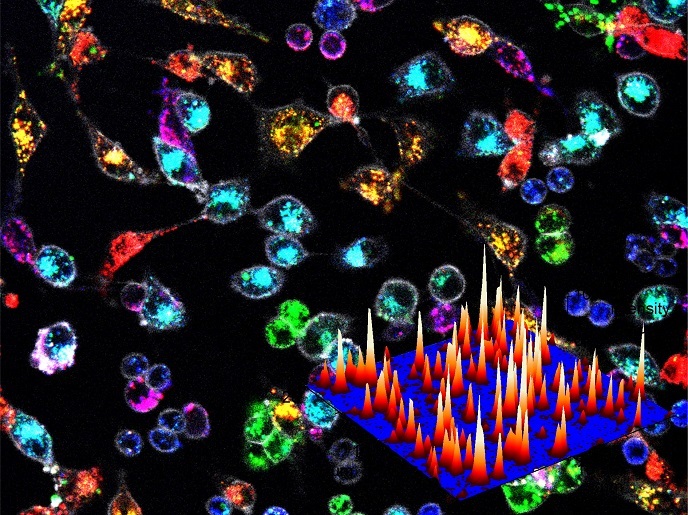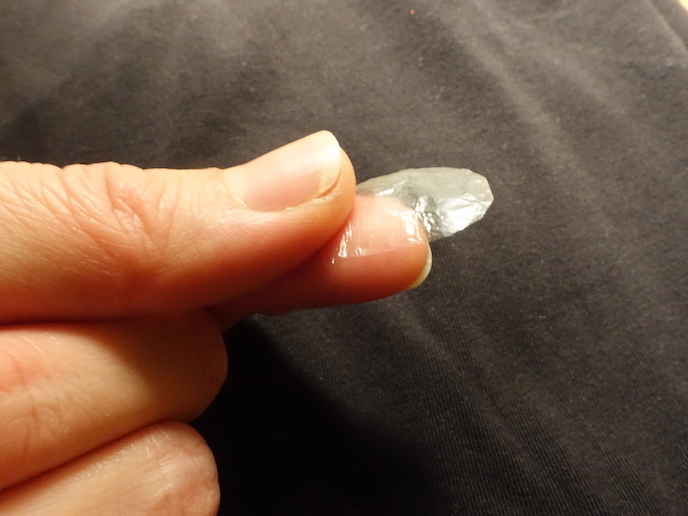The brightest candidates for bio-imaging
Although used extensively in biological research some lanthanide metal ions have limited luminescence in the near-infra-red range (NIR). Unfortunately, these wavelengths are most often used for biomedical imaging applications. The 'Lanthanide dendrimer-polymer hybrids' (LN-DENDRI-POLS)(opens in new window) project has synthesised a group of novel molecules to improve their performance. The basis of the chemistry is to attach multiple absorbing chromophores, so-called antenna units, to a core Ln (III) complex. The whole structure is like a tree due to the extending antennae and is therefore called a dendrimer, from the Greek for tree. A bonus, the dendritic structures or chromophores also protect the metal core from the ravages of any solvent interactions. Architecture incorporates many light harvesting antennae and therefore maximises photon harvesting. Scientists used the reversible addition fragmentation chain transfer (RAFT) technique to control the addition of the antennae and obtain well defined polymers. Testing of a series of Ln (III) complexes identified several highly light emissive core complexes. Modifications of the organic addition groups followed by the RAFT process produced a series of polymer systems with increased absorbance and high sensitisation efficiency. Structures using naphthalene chromophores acted as an additional light harvester. Project research has contributed to an elevated understanding of Ln luminescence. As luminescent labels of biologically relevant compounds, they can be used in many processes including imaging and assays in drug development.







